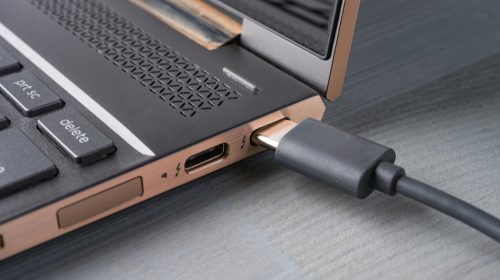The EU announced that starting in 2024 all charging ports for mobile phones, tablets, cameras, hand-held video game devices, headphones, and portable speakers will be required to have USB-C charging ports. By 2026, all laptops will also be required to make the switch. Many manufacturers have already made the switch in anticipation of this ruling since it has been under development for over a decade. This change was implemented to cut down on waste and save consumers money.
Research estimates that unused and disposed of charging cables generate more than 11,000 tons of waste per year. Consumers often have 3-4 old charging cables laying around in junk drawers that they do not use. The ruling for the USB-C charging port will allow them to simply have one cord that will charge all their devices. This will reduce the waste of all the extra cords many consumers have and do not use.
The other driving factor that made the EU want to make this rule is for consumers and manufacturers to save money. The EU estimates that this will save consumers $266 million a year. Consumers will get the choice to purchase electronics with or without the charging cord. This will allow consumers to purchase cheaper options to save money. This will also cut down on costs for manufacturers. They will not need to produce as many charging cords and can focus more on the product itself.
However, not all electronic companies are onboard. Apple has said in the past that they are concerned that this would limit innovation and hurt consumers. Apple is known for consistently changing the charging cables every couple of years when new products are introduced. They also in recent years have moved toward wireless charging. Though the EU is a big enough market for Apple that we will need to comply with the ruling.
This EU rule will benefit a large number of consumers and the environment. It will be interesting to see how this will impact the future and if countries will follow suit.



